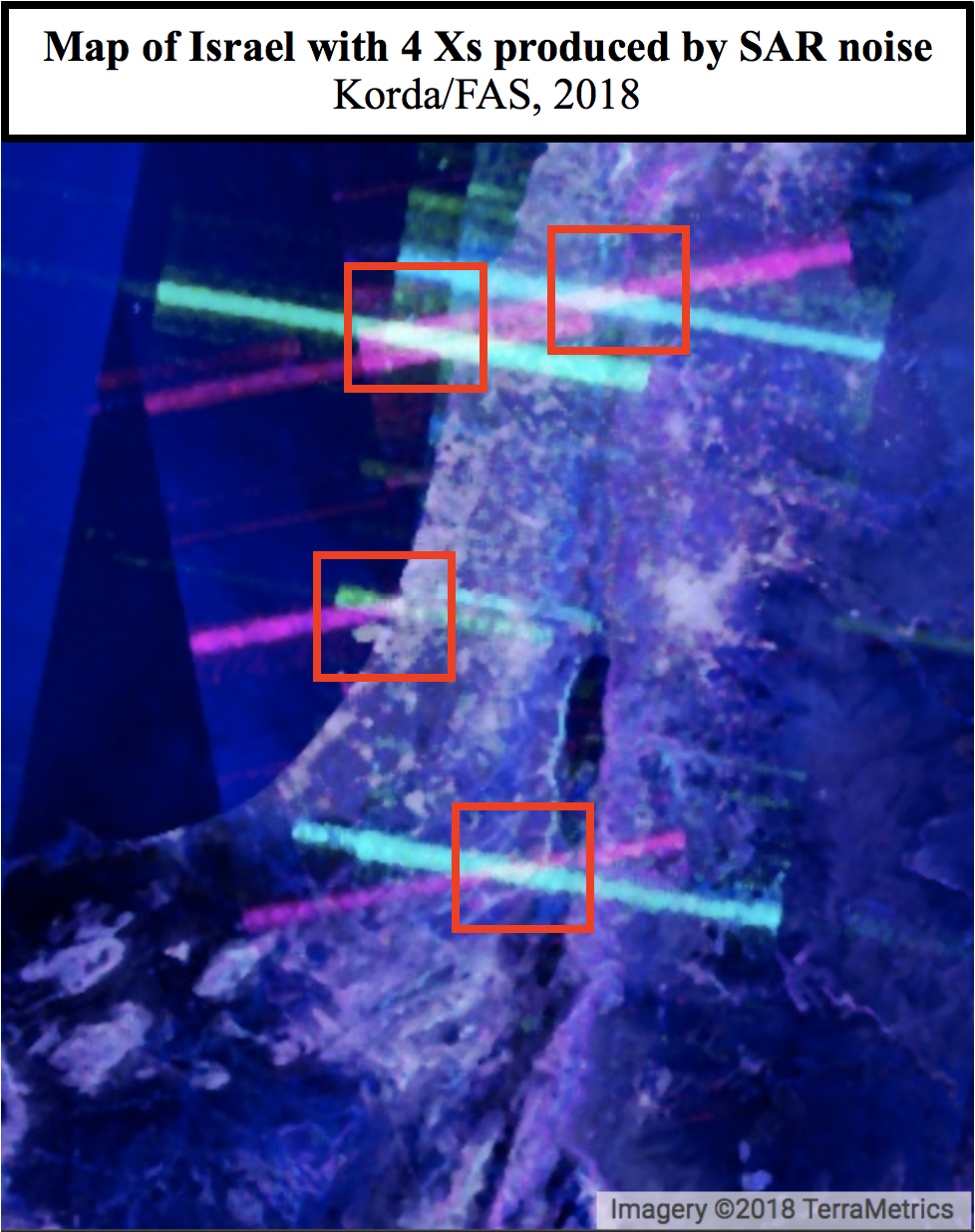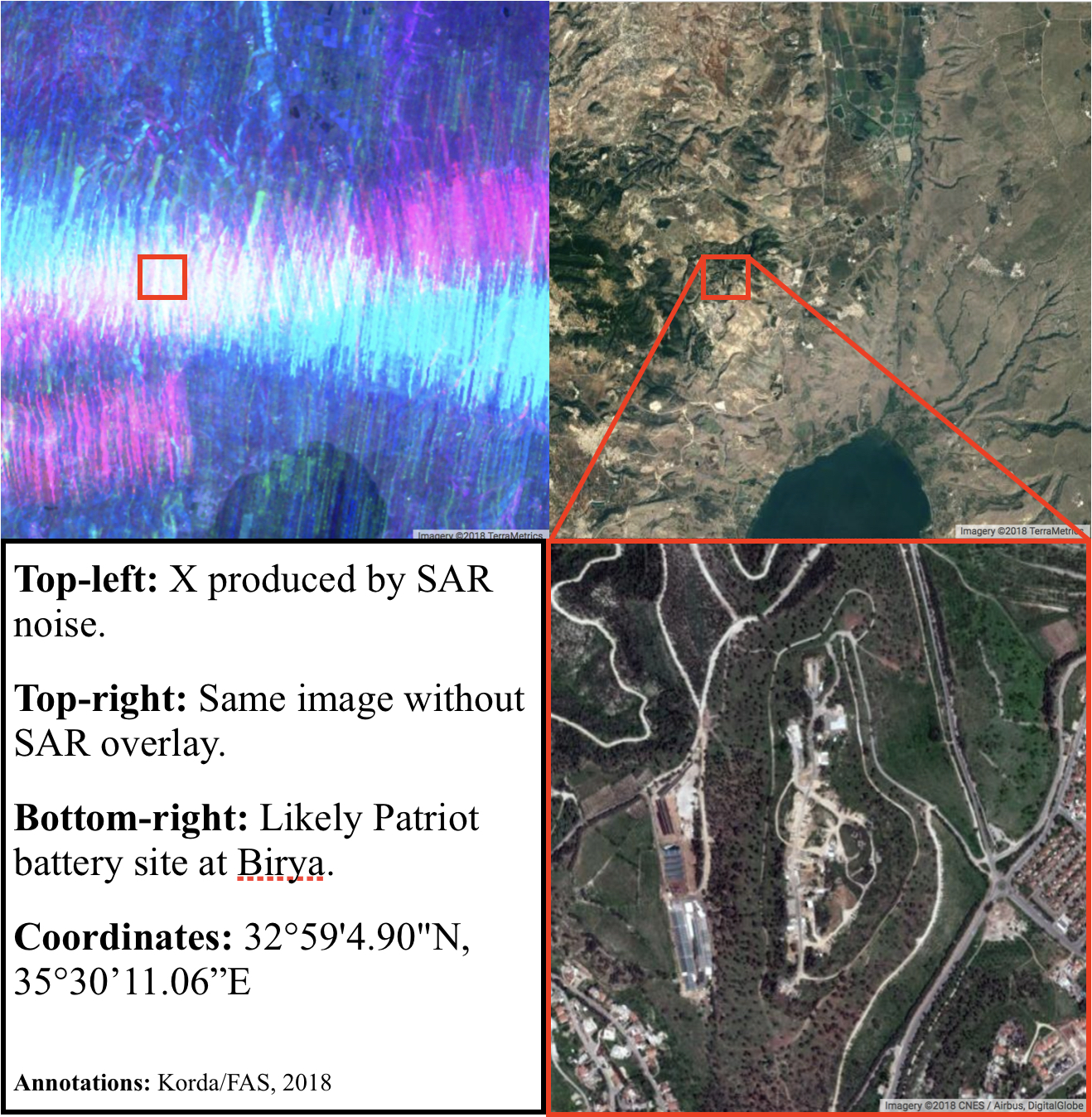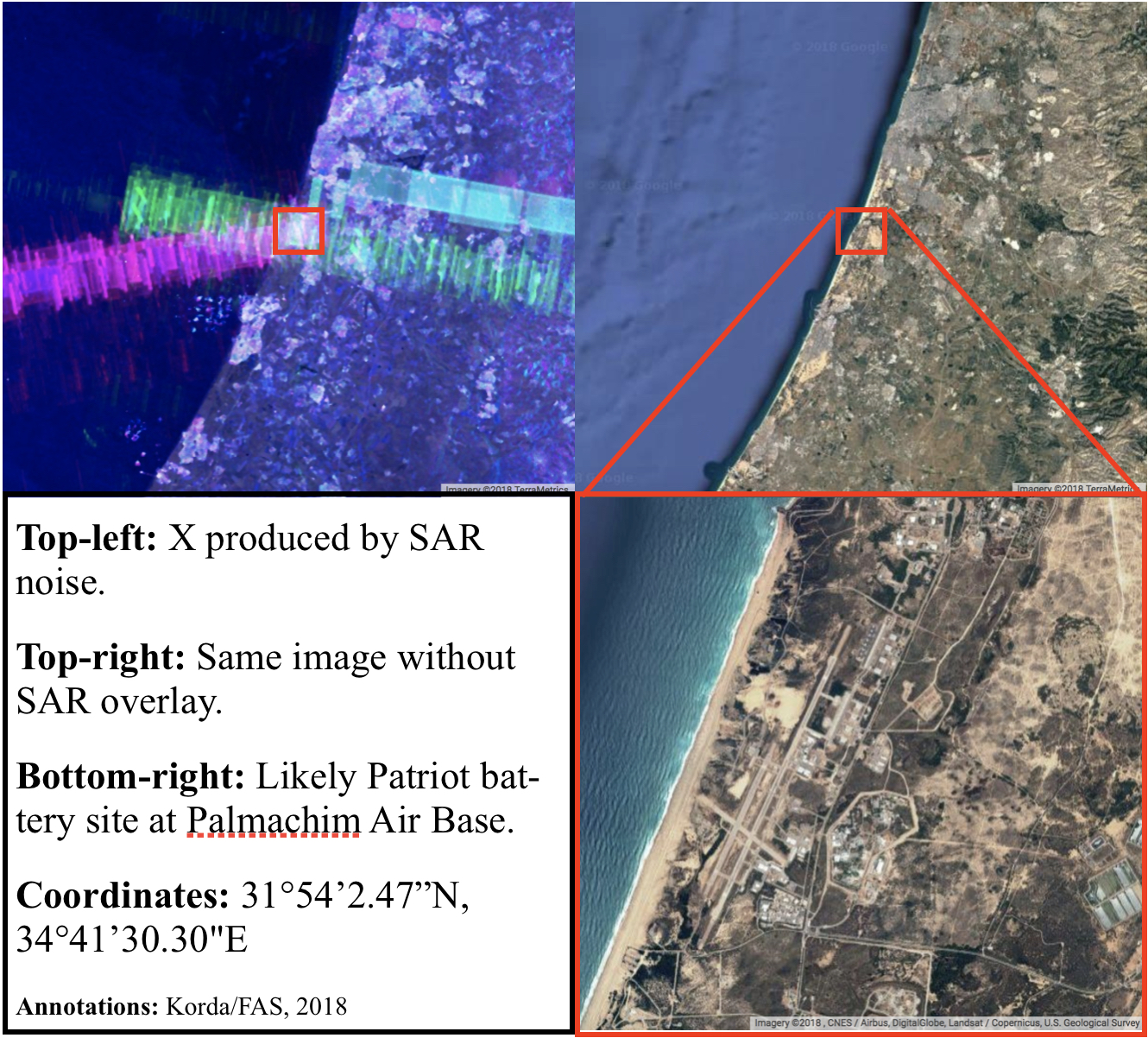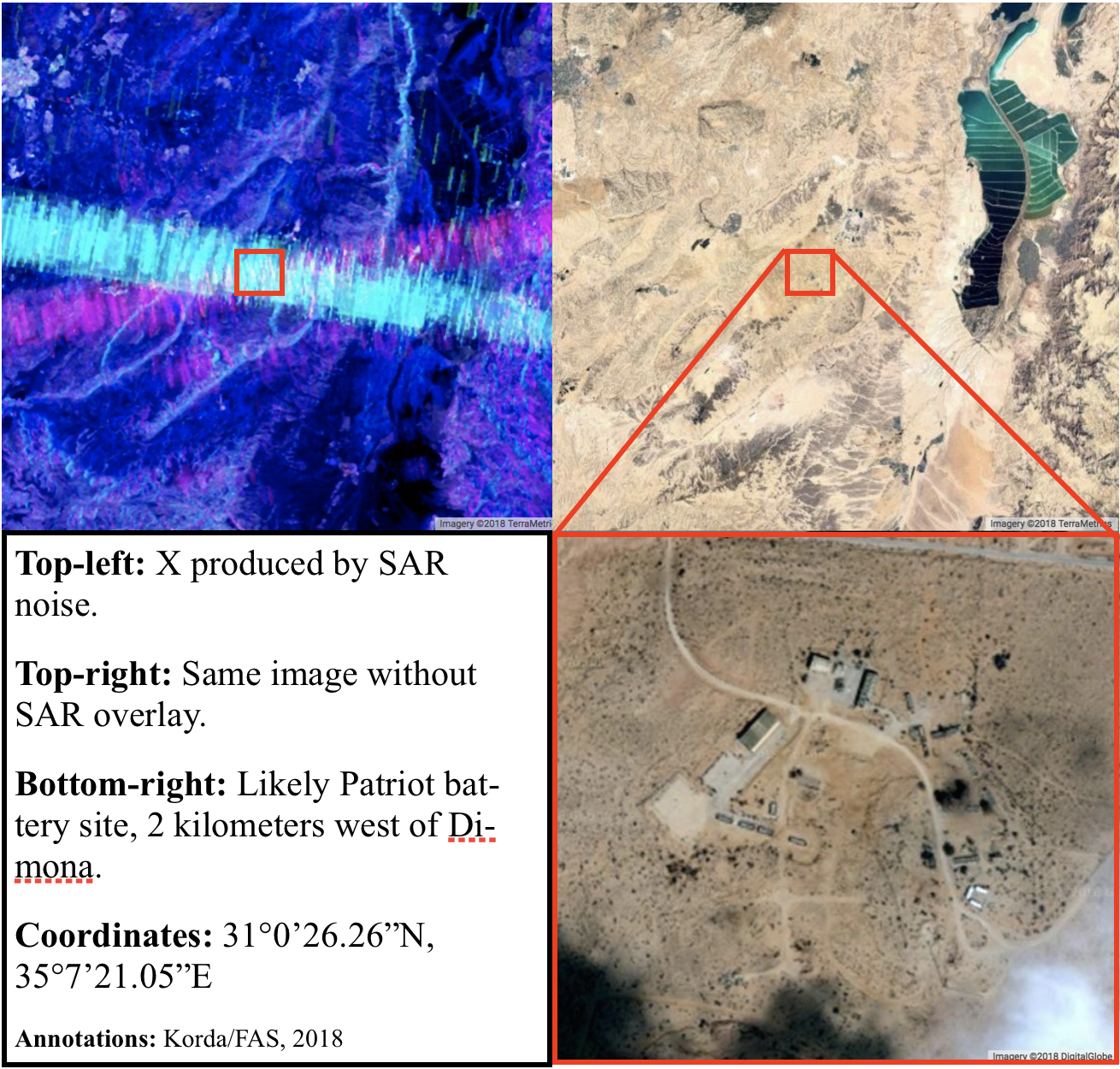Don’t Let American Allies Go Nuclear
President Trump is moving quickly to push U.S. allies to invest even more in their own defense. NATO allies have already committed to spend 3% of their GDP on defense, yet the U.S. is now calling for them to spend at least 5%. It is likely that U.S. allies in East Asia will soon face similar calls to do more. Greater investments in conventional capabilities make a lot of sense. However, there are some U.S. policy experts, officials and academics calling for more U.S. allies to go nuclear to reduce U.S. defense requirements. These calls are dangerously misguided and ignore the threat any proliferation – including by U.S. allies – poses to American security interests. They must be rejected wholesale by the Trump Administration.
One of the most enduring successes of U.S. national security policy has been its effort to limit the number of states with nuclear weapons. Predictions that dozens of countries might possess nuclear weapons did not materialize because of concerted U.S. actions. The risks include the reality that U.S. allies can and often do experience internal instability or even regime collapse, that any state with nuclear weapons creates a risk that those materials or knowhow can be stolen or diverted, that any state with nuclear weapon in a crisis might actually use those weapons, and lastly the reality that states with their nuclear weapons are less susceptible open to U.S. influence. There may be reasons why a state may want to go nuclear from their own perspective but there are few if any lasting benefits to American security that comes from proliferation to friends and allies.
Nine countries currently have nuclear weapons, but perhaps 40 additional states are technically advanced enough to build nuclear weapons if they chose to do so. Many of these states are U.S. allies or partners, including in Europe as well as Japan, South Korea, and even the island of Taiwan. That these states never went nuclear (although some tried) is due to a combination of factors, including the credibility of U.S. defense commitments to their security, the pressure America brought to bear when these states indicated a potential interest in building independent nuclear arsenals, and the recognition that if the world was serious about getting rid of all nuclear weapons then their spread was a step in the wrong direction.
The re-election of Donald Trump has understandably spooked many U.S. allies, renewing doubts that America will come to their aid. The growth of China’s military and economic power relative to the United States is adding to these concerns. More allies are asking now, just as they did during the Cold War if America would really risk Boston to protect Berlin, or Seattle to protect Seoul. As this question festers and as America’s relative power over China and other states ebbs, the lure to encourage U.S. friends to develop nuclear weapons of their own to deter or defeat an attack will grow. After all, the theory goes, why should the United States worry if its friends go nuclear?
In the real world, however, the spread of nuclear weapons anywhere complicates and undermines U.S. security. One reason is states are not always stable. In the 1970s, the U.S. supported its Treaty partner Iran acquiring nuclear reactors and advanced technology but in 1979, that regime was overthrown by the Islamic Revolution. Pakistan went nuclear when the U.S. needed its help fighting the Soviets in Afghanistan, and has faced wave after wave of instability and crisis. And South Korea is a more recent challenge. For the last few decades, South Korea was considered a stable and vibrant democracy – even hosting a Summit for Democracy last year. Under President Yoon, South Korea has voiced increasing interest in an independent nuclear arsenal. And just last year, a former Trump official, Elbridge Colby, expected to serve in a senior policy role at the Pentagon publicly encouraged South Korea to build their own nuclear weapons to deter North Korea and enable the U.S. to focus more on China. The situation in South Korea, with an impeached President and no clear sense of who controls the country’s military, would be a lot more dangerous if Seoul had nuclear weapons.
This is not just an issue for newer nuclear weapons states. Prior to the Soviet Union’s collapse in 1991, a coup created confusion for days over exactly who had the ability to control Soviet nuclear weapons. Following the USSR’s demise, nuclear weapons and materials remained at risk of theft and diversion for years and required massive U.S. efforts and investments to prevent their loss. And even the United States is not immune from these risks. The 2021 insurrection raised nuclear risk to the point that the Speaker of the House had to publicly ask the Chairman of the Joint Chiefs about the risk that President Trump might use nuclear weapons in a gambit to remain in power, and Chairman Milley took extraordinary steps to insert himself into the nuclear chain of command to preempt that risk. Any nuclear arsenal anywhere is a potential danger if political circumstances change.
And states with nuclear weapons create a nuclear risk if nuclear technology, materials and knowhow are stolen or diverted. Five of today’s nuclear weapon states – America, Russia, China, France, and Pakistan – have either knowingly or unwittingly helped other states go nuclear. Even if theft or transfer were not an issue, when new states have gone nuclear in the past, others have followed. America’s nuclear success led the Soviet Union to build them as well. This in turn led the UK and France to follow suit. These four nuclear weapon programs fueled China’s desire to join the club. Beijing having the bomb drove India to do the same, which then led Pakistan to follow suit.
And any nuclear state might decide one day to use those weapons. Every nuclear leader must get every nuclear decision right, every time or boom. The history of U.S. and Soviet nuclear deterrence is marked as much by nuclear misunderstandings and potential accidents as by stable deterrence. India and Pakistan have the same problem. It is reasonable to assume new nuclear states with nuclear weapons would encounter many of the same risks.
And finally, from a very direct Americentric point of view, each state that acquires their own nuclear weapons lessens the ability of the United States to influence, control or dictate security outcomes in that state and region. While not the message U.S. diplomats use openly when trying to work diplomatically to stop proliferation, the issue of influence is as relevant to U.S. allies as adversaries. To the extent that the U.S. security is enhanced by being able to heavily influence how states around the world act, then enabling the spread of nuclear weapons undermines that ability.
It is and will continue to be tempting for the next Administration to find rapid and easy solutions to long-standing security challenges. Empowering U.S. allies to do more so Washington can do and spend less, or focus more effectively on fewer challenges is an understandable policy outcome. But enabling, or looking the other way at the spread of nuclear weapons is not in America’s interests anymore today than it was in the 20th century.
An X reveals a Diamond: locating Israeli Patriot batteries using radar interference
Amid a busy few weeks of nuclear-related news, an Israeli researcher made a very surprising OSINT discovery that flew somewhat under the radar. As explained in a Medium article, Israeli GIS analyst Harel Dan noticed that when he accidentally adjusted the noise levels of the imagery produced from the SENTINEL-1 satellite constellation, a bunch of colored Xs suddenly appeared all over the globe.
SENTINEL-1’s C-band Synthetic Aperture Radar (SAR) operates at a centre frequency of 5.405 GHz, which conveniently sits within the range of the military frequency used for land, airborne, and naval radar systems (5.250-5.850 GHz)—including the AN/MPQ-53/65 phased array radars that form the backbone of a Patriot battery’s command and control system. Therefore, Harel correctly hypothesized that some of the Xs that appeared in the SENTINEL-1 images could be triggered by interference from Patriot radar systems.
Using this logic, he was able to use the Xs to pinpoint the locations of Patriot batteries in several Middle Eastern countries, including Qatar, Bahrain, Jordan, Kuwait, and Saudi Arabia.
Harel’s blog post also noted that several Xs appeared within Israeli territory; however, the corresponding image was redacted (I’ll leave you to guess why), leaving a gap in his survey of Patriot batteries stationed in the Middle East.
This blog post partially fills that gap, while acknowledging that there are some known Patriot sites—both in Israel and elsewhere around the globe—that interestingly don’t produce an X via the SAR imagery.
All of these sites were already known to Israel-watchers and many have appeared in news articles, making Harel’s redaction somewhat unnecessary—especially since the images reveal nothing about operational status or system capabilities.
Looking at the map of Israel through the SENTINEL-1 SAR images, four Xs are clearly visible: one in the Upper Galilee, one in Haifa, one near Tel Aviv, and one in the Negev. All of these Xs correspond to likely Patriot battery sites, which are known in Israel as “Yahalom” (יהלום, meaning “Diamond”) batteries. Let’s go from north to south.
The northernmost site is home to the 138th Battalion’s Yahalom battery at Birya, which made news in July 2018 for successfully intercepting a Syrian Su-24 jet which had reportedly infiltrated two kilometers into Israeli airspace before being shot down. Earlier that month, the Birya battery also successfully intercepted a Syrian UAV which had flown 10 kilometers into Israeli airspace.
The Yahalom battery in the northwest is based on one of the ridges of Mount Carmel, near Haifa’s Stella Maris Monastery. It is located only 50 meters from a residential neighborhood, which has understandably triggered some resentment from nearby residents who have complained that too much ammunition is stored there and that the air sirens are too loud.
The X in the west indicates the location of a Yahalom site at Palmachim air base, south of Tel Aviv, where Israel conducts its missile and satellite launches. In March 2016, the Israeli Air Force launched interceptors as part of a pre-planned missile defense drill, and while the government refused to divulge the location of the battery, an Israeli TV channel reported that the drill was conducted using Patriot missiles fired from Palmachim air base.
Finally, the X in the southeast sits right on top of the Negev Nuclear Research Centre, more commonly known as Dimona. This is the primary facility relating to Israel’s nuclear weapons program and is responsible for plutonium and tritium production. The site is known to be heavily fortified; during the Six Day War, an Israeli fighter jet that had accidentally flown into Dimona’s airspace was shot down by Israeli air defenses and the pilot was killed.
The proximity of the Negev air defense battery to an Israeli nuclear facility is not unique. In fact, the 2002 SIPRI Yearbook suggests that several of the Yahalom batteries identified through SENTINEL-1 SAR imagery are either co-located with or located close to facilities related to Israel’s nuclear weapons program. The Palmachim site is near the Soreq Centre, which is responsible for nuclear weapons research and design, and the Mount Carmel site is near the Yodefat Rafael facility in Haifa—which is associated with the production of Jericho missiles and the assembly of nuclear weapons—and near the base for Israel’s Dolphin-class submarines, which are rumored to be nuclear-capable.
Google Earth’s images of Israel have been intentionally blurred since 1997, due to a US law known as the Kyl-Bingaman Amendment which prohibits US satellite imagery companies from selling pictures that are “no more detailed or precise than satellite imagery of Israel that is available from commercial sources.” As a result, it is not easy to locate the exact position of the Yahalom batteries; for example, given the number of facilities and the quality of the imagery, the site at Palmachim is particularly challenging to spot.
However, this law is actually being revisited this year and could soon be overturned, which would be a massive boon for Israel-watchers. Until that happens though, Israel will remain blurry and difficult to analyze, making creative OSINT techniques like Harel’s all the more useful.
—–
Sentinel-1 data from 2014 onwards is free to access via Google Earth Engine here, and Harel’s dataset is available here.
Executive Branch Oversight, Here & There
Government oversight can take diverse forms even among Western democracies.
A new report from the Law Library of Congress surveys the mechanisms of parliamentary oversight of the executive branch in Canada, Germany, Italy, Japan, Poland, Sweden, the United Kingdom, and the United States.
In Sweden, for example, “Any member of the public may ask the JO [Justitieombudsman, or parliamentary ombudsman] to investigate a breach of law committed by an agency or employee. The complaint must be made in writing and cannot be anonymous.”
The Law Library report does not provide comparative analysis, but simply presents a descriptive summary of each nation’s government oversight practices, with links to additional resources. Any policy conclusions to be drawn are left to the reader.
See Parliamentary Oversight of the Executive Branch, Law Library of Congress, August 2017.
FAS Engagement With China
“Supporting and expanding on Frank von Hippel’s cogent and exciting narrative of some of the great accomplishments of the Federation of American Scientists, I detail below two endeavors, at least one of which may have had far-reaching impact. The first was the initiative of FAS Director (and later President) Jeremy J. Stone who, in 1971, wrote the president of the Chinese Academy of Sciences to introduce FAS and to begin some kind of dialogue…”





